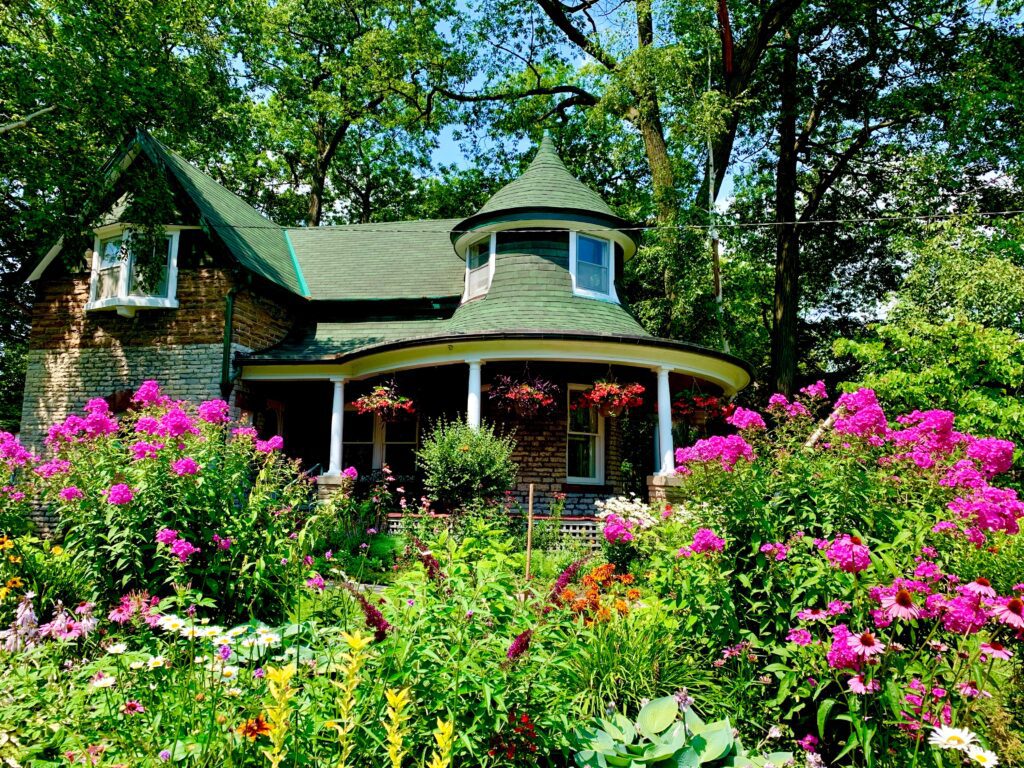Deadheading: A Must-Know Technique For Flower Lovers
After several trips to the plant nursery and selecting various plants, you can start envisioning them brightening up your flower beds in the spring and summer. Unfortunately, the colorful additions lose their glow after a while, leaving your gorgeous garden full of faded and dead blooms.

And that’s where the need to deadhead surfaces.
Deadheading is basically the manual removal of spent flowers from annual and perennial plants to preserve their beauty and help them stay healthier. The process often involves the thumb and forefinger pinching and removing a stem of the spent flower.
Pruning shears and garden snips may be needed for tough-stemmed plants, while weed eaters are ideal for ground covers.
Specialists advise that removing spent blossoms closer to the main stem may help you avoid leaving flowerless and unattractive stems behind. You should strive for a clean break in each stem instead of breaking it by twisting or pulling for the best results.
A plant suspends the process of making new flowers to form seeds after blooming. Deadheading helps the plant produce more buds while remaining intact. A gardening expert claims that deadheading involves stopping plants from developing seeds and fruits to help the plant refocus its energy on making flowers.
Not all flowers may require deadheading, especially plants producing a single round of flowers per season, like Liatris and peonies. Annuals and perennials that require regular deadheading include cosmos, zinnias, marigolds, petunias, salvia, roses, and bee balm.

You should begin deadheading in the spring after the first blooms are spent. Take a walk around your garden every few days to identify plants that bloom for immediate remedial actions. Deadheading is overwhelming in the late summer and fall seasons due to the number of dead blooms.
